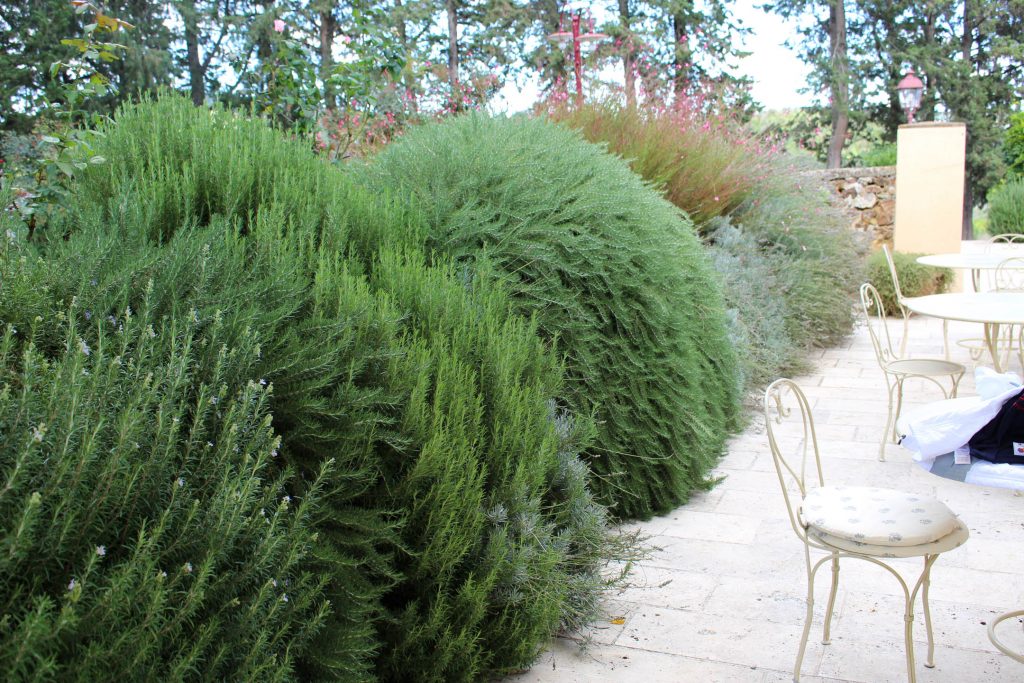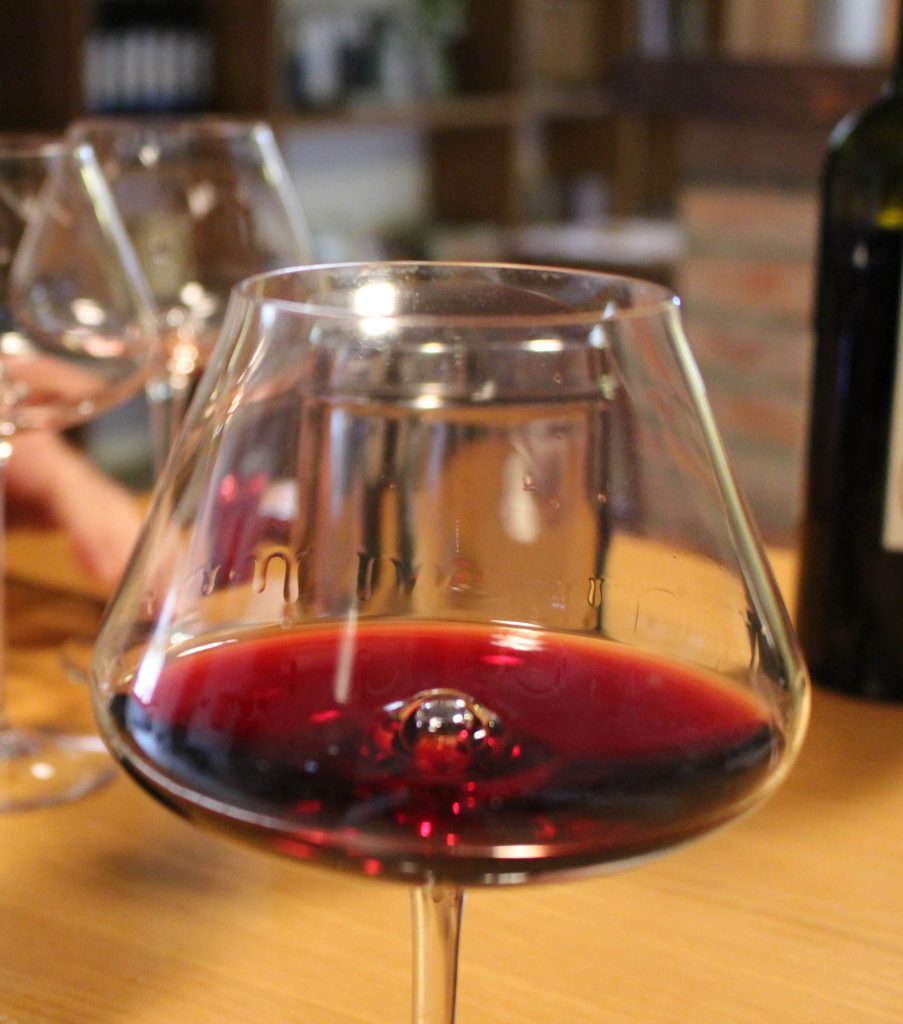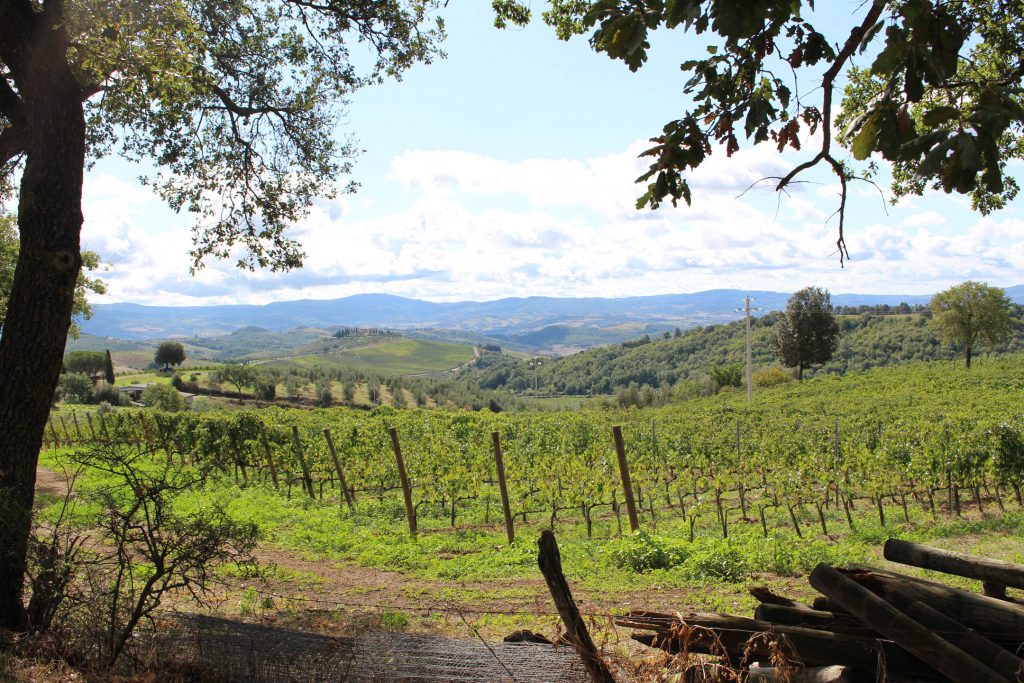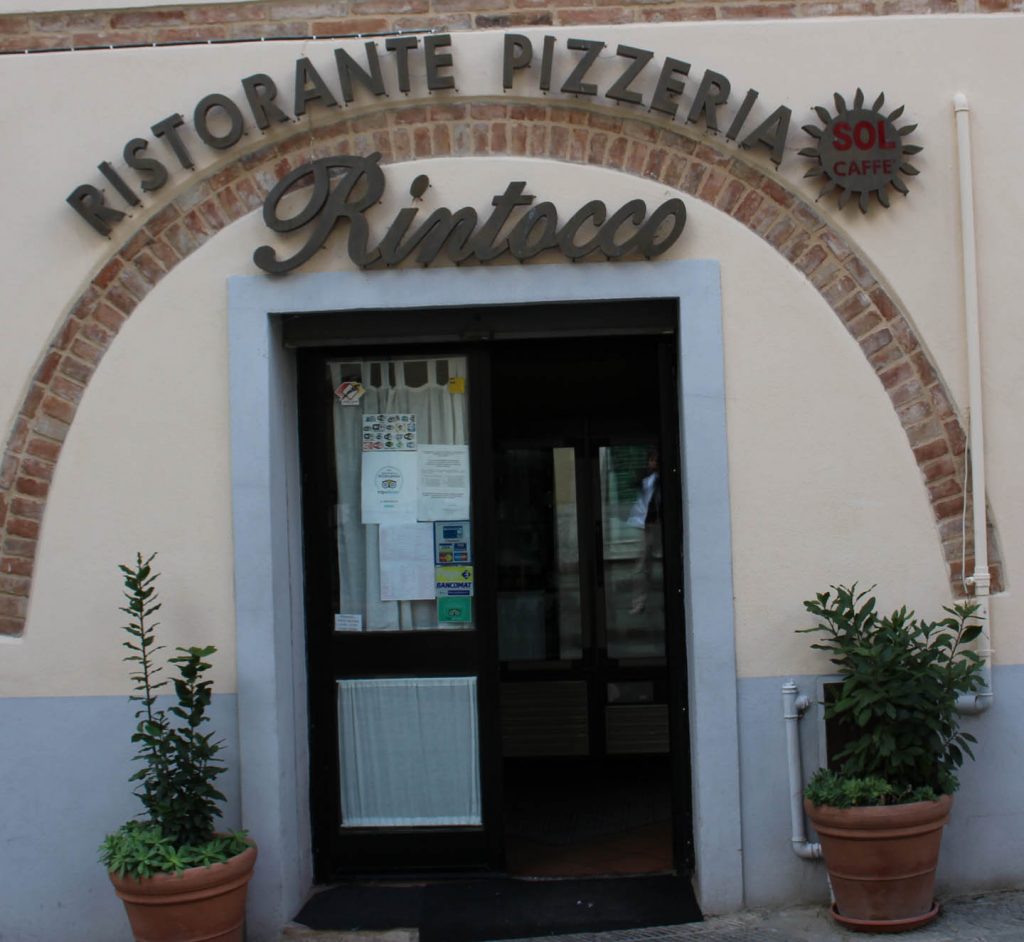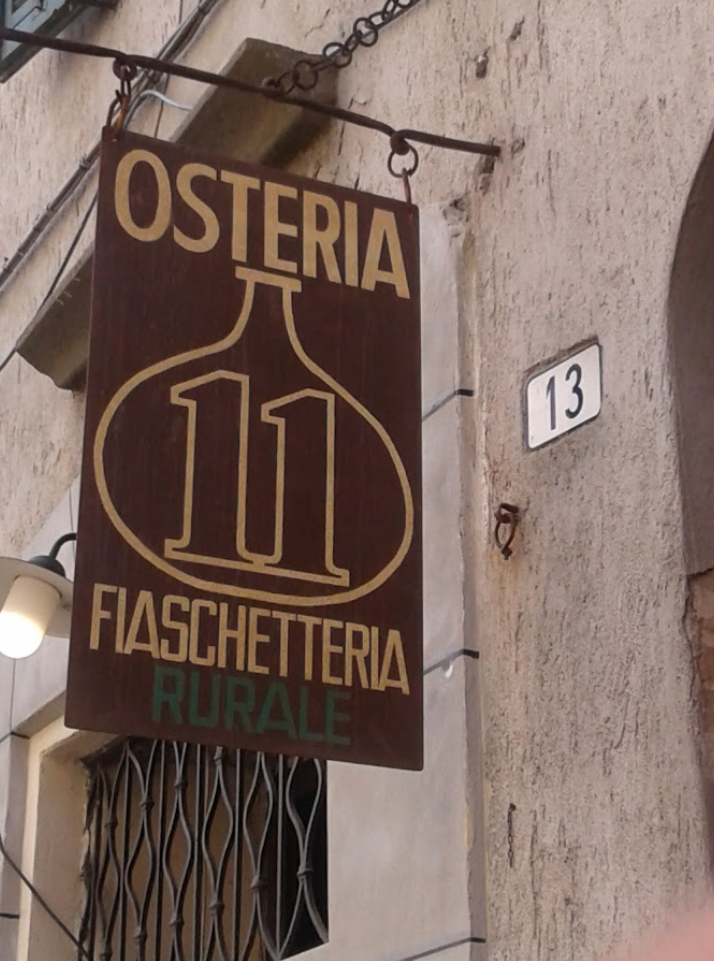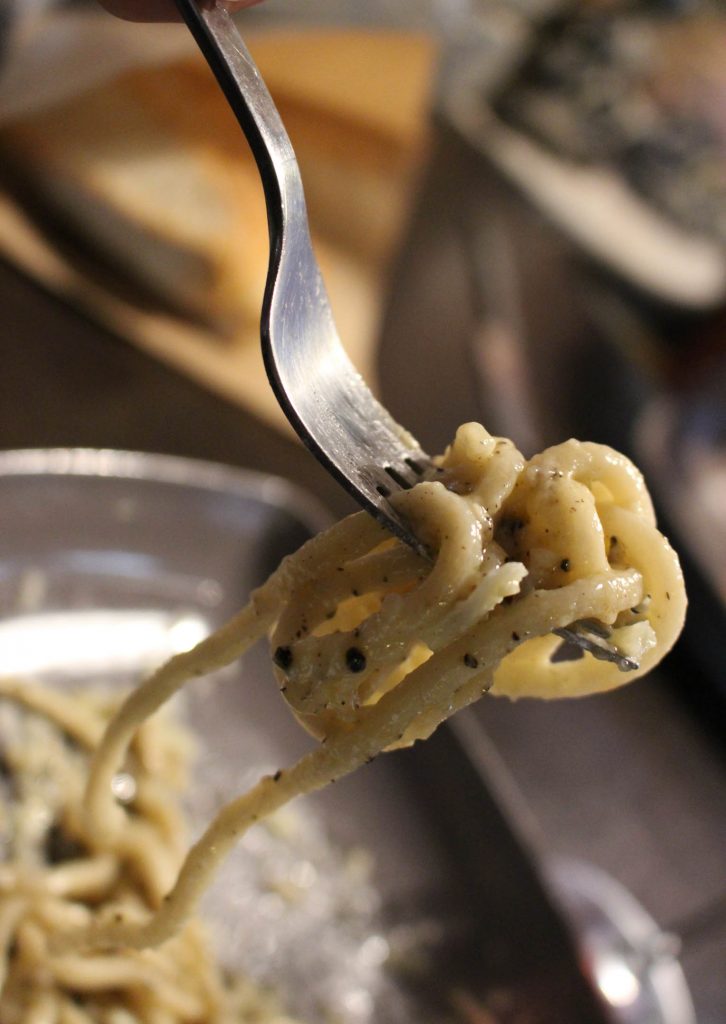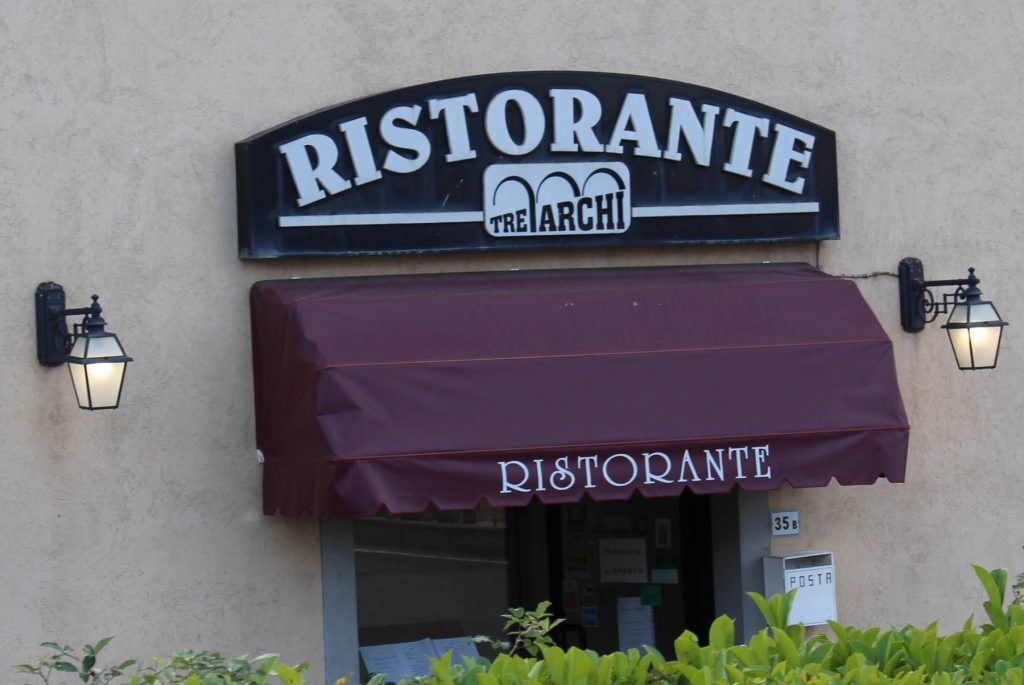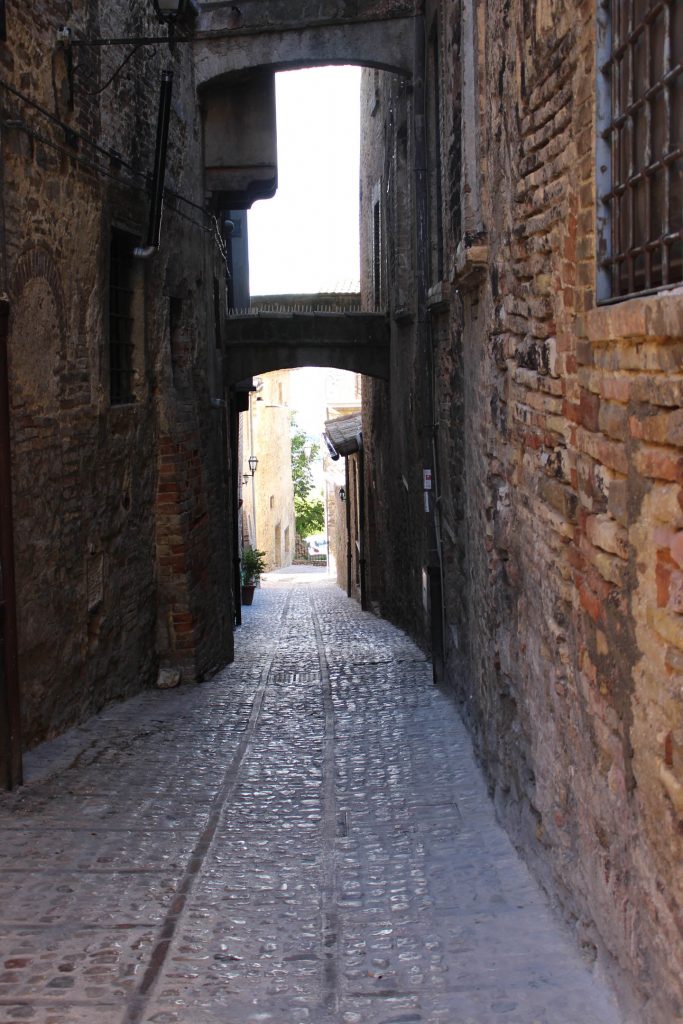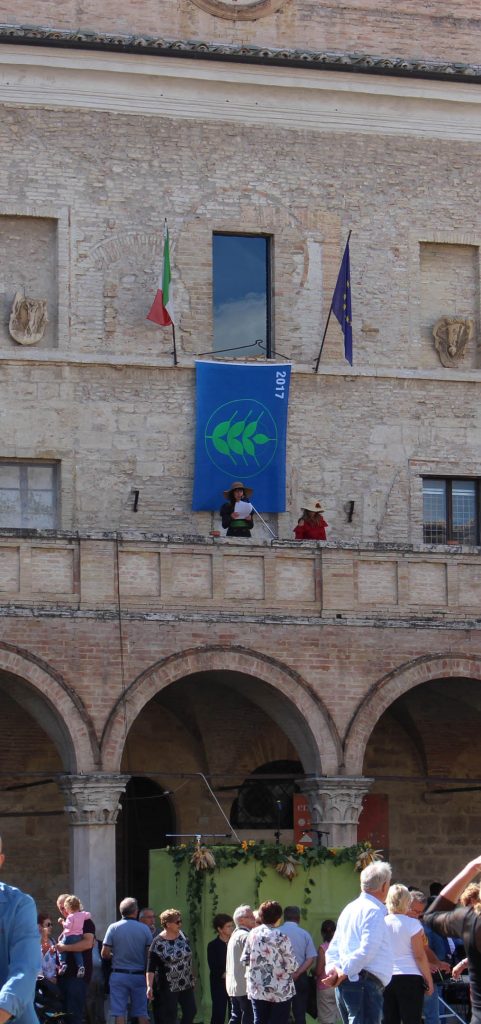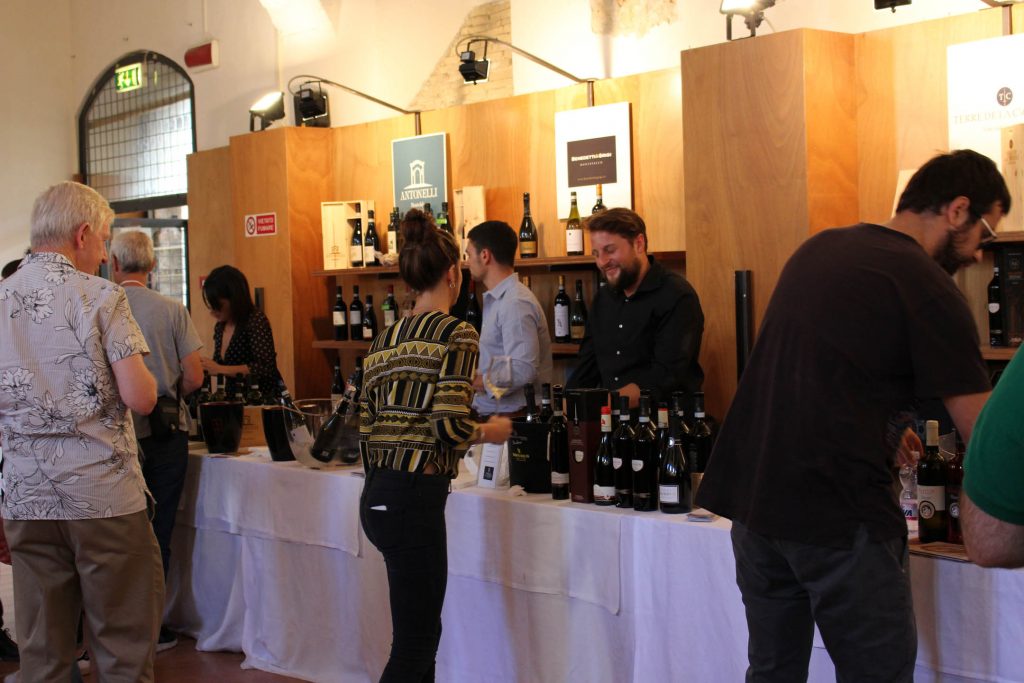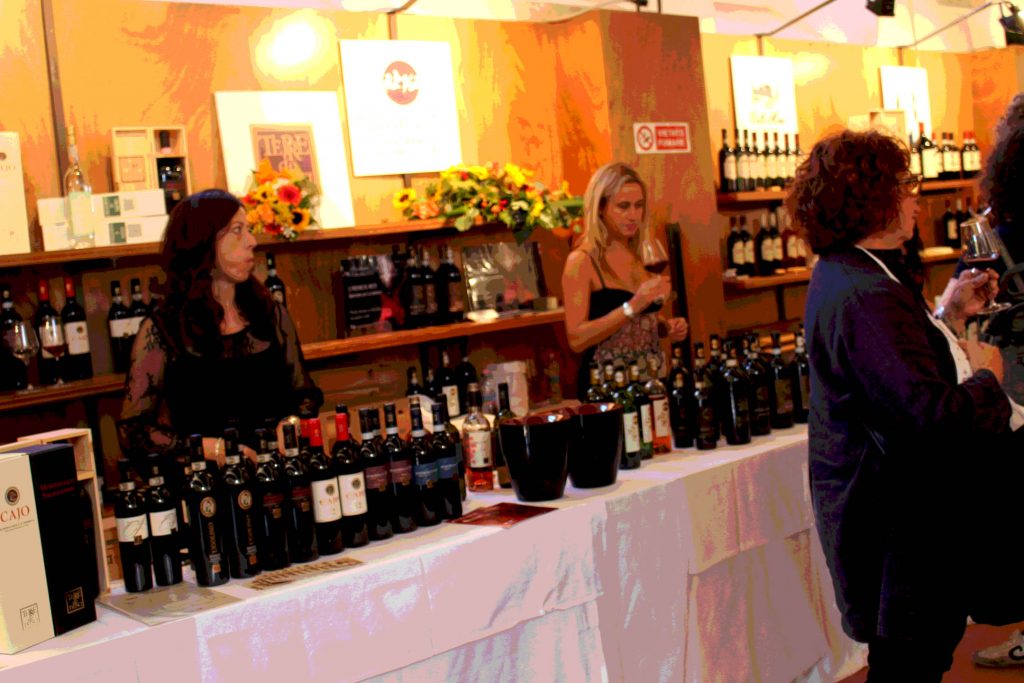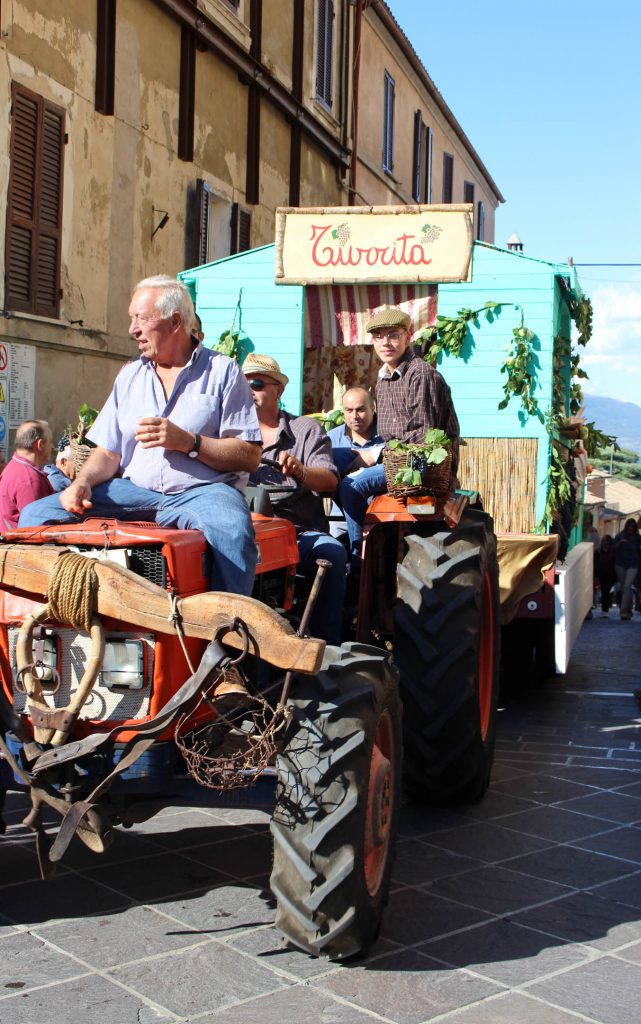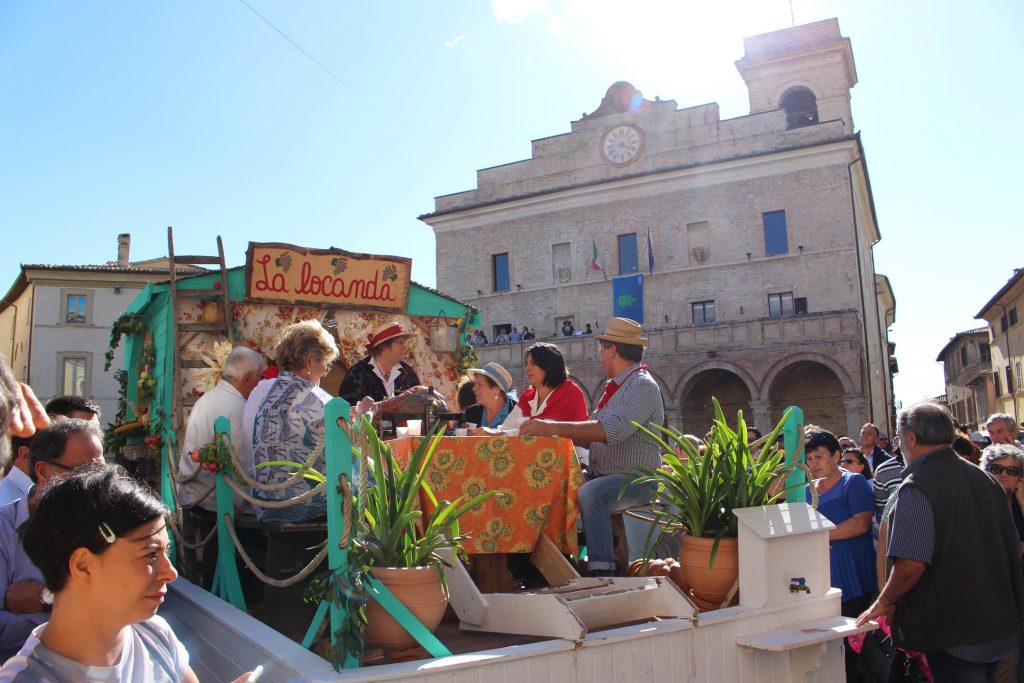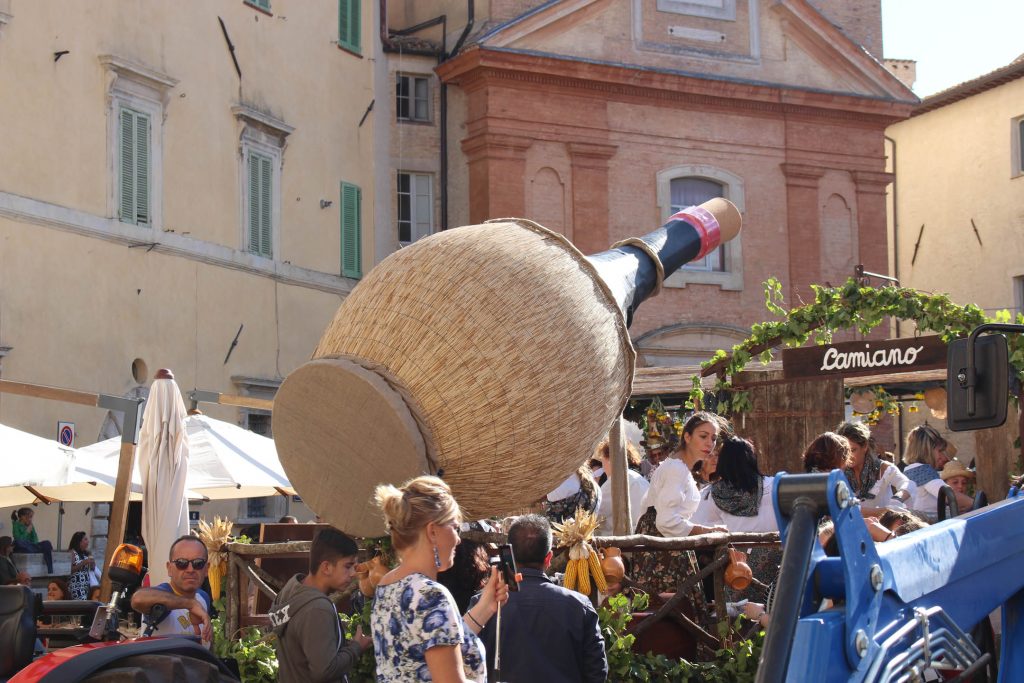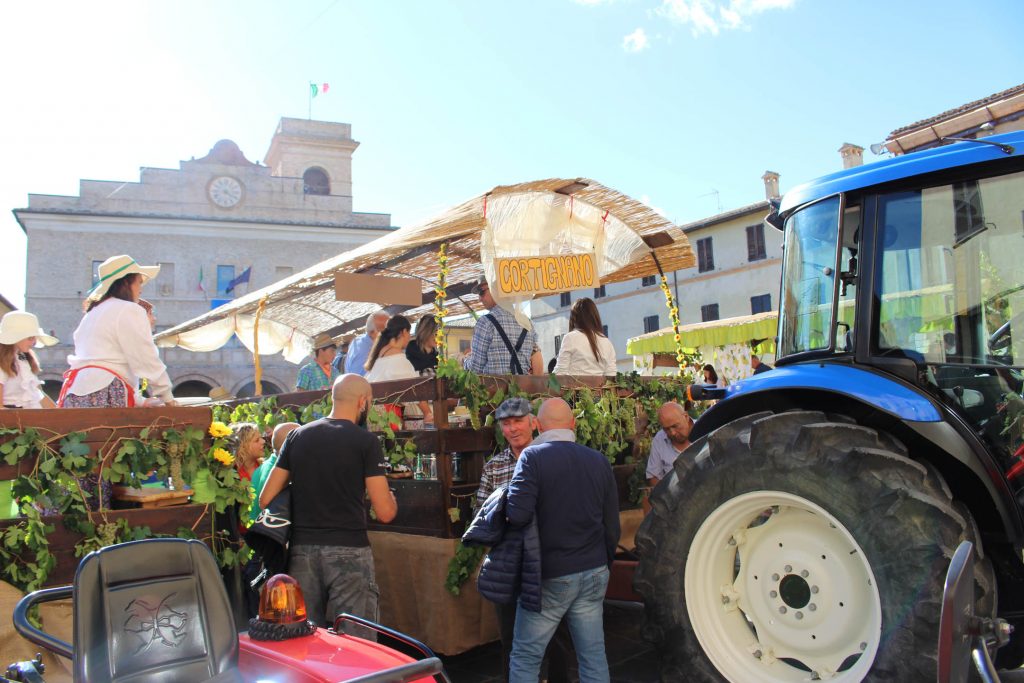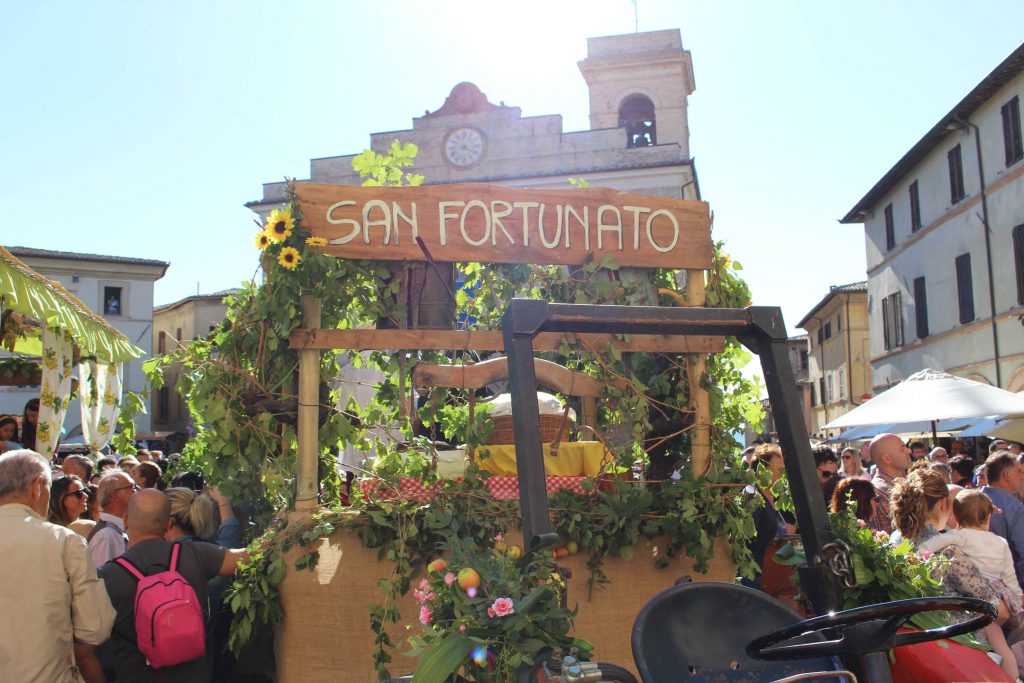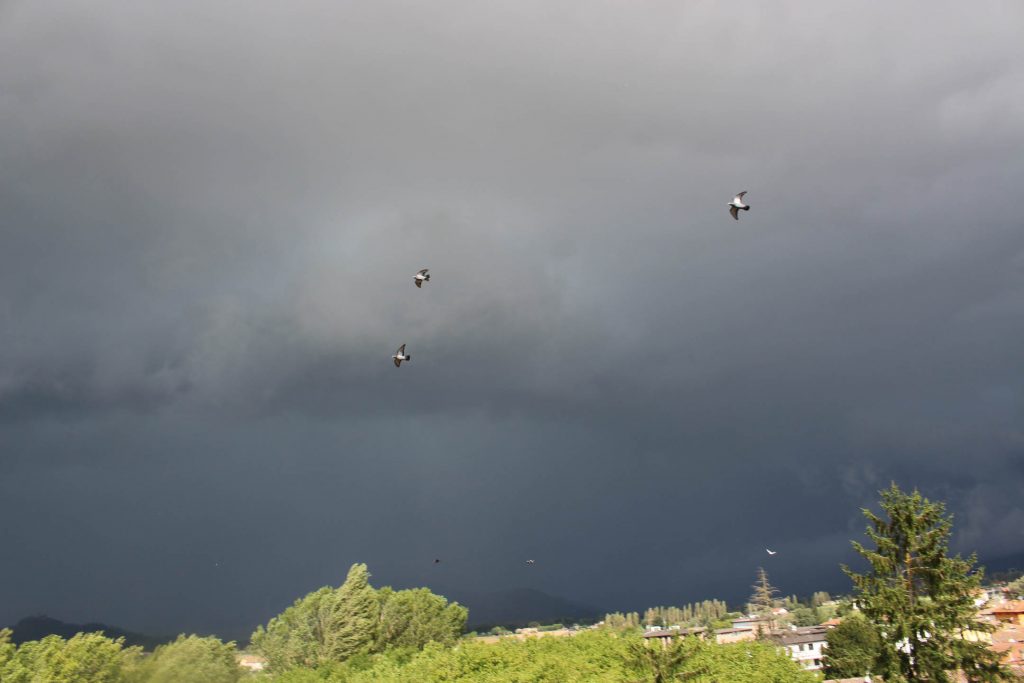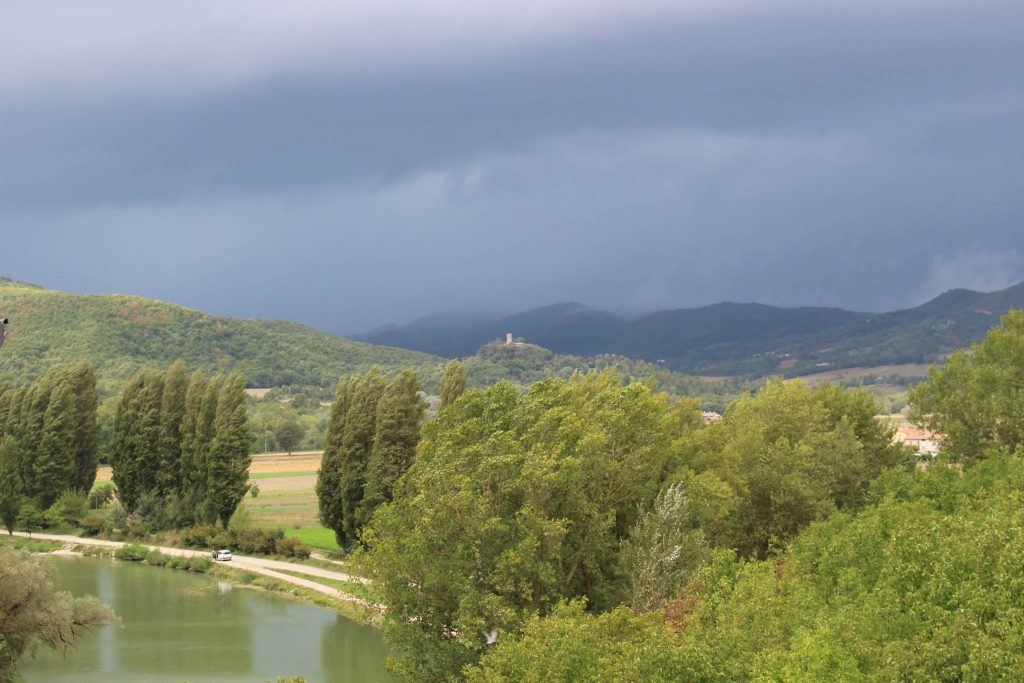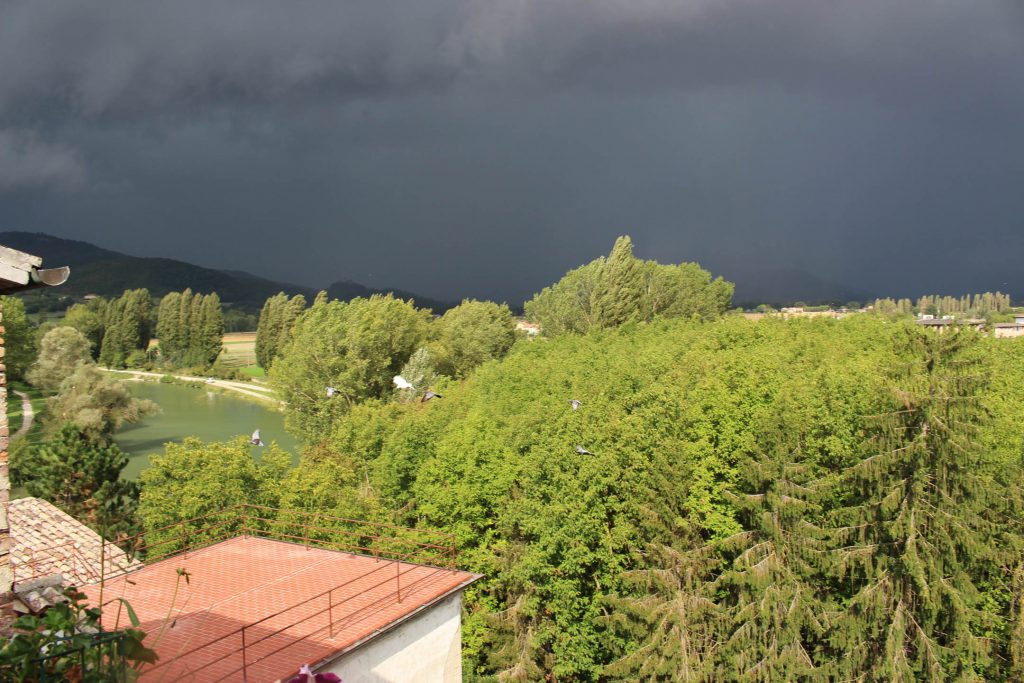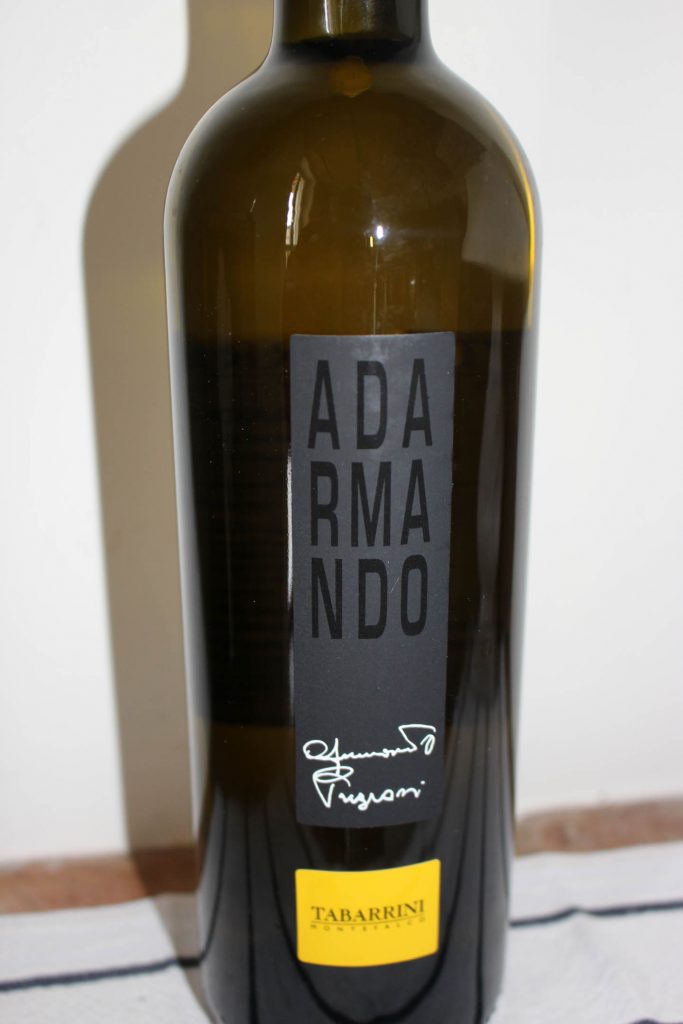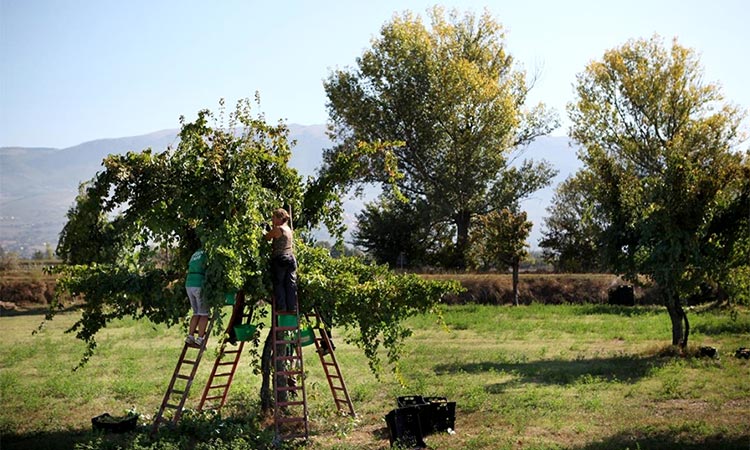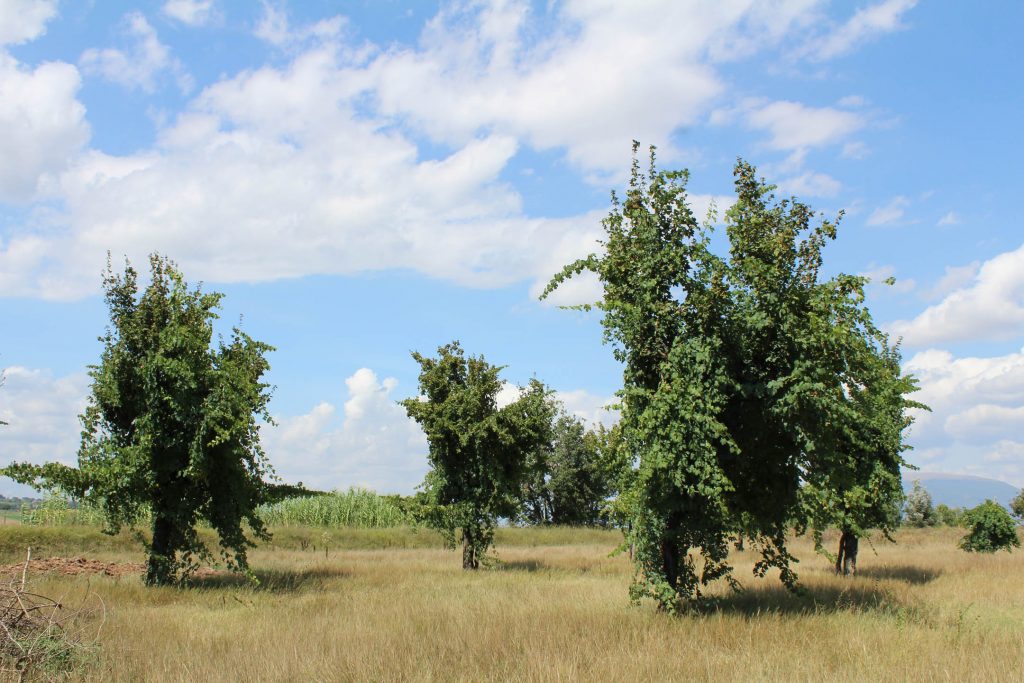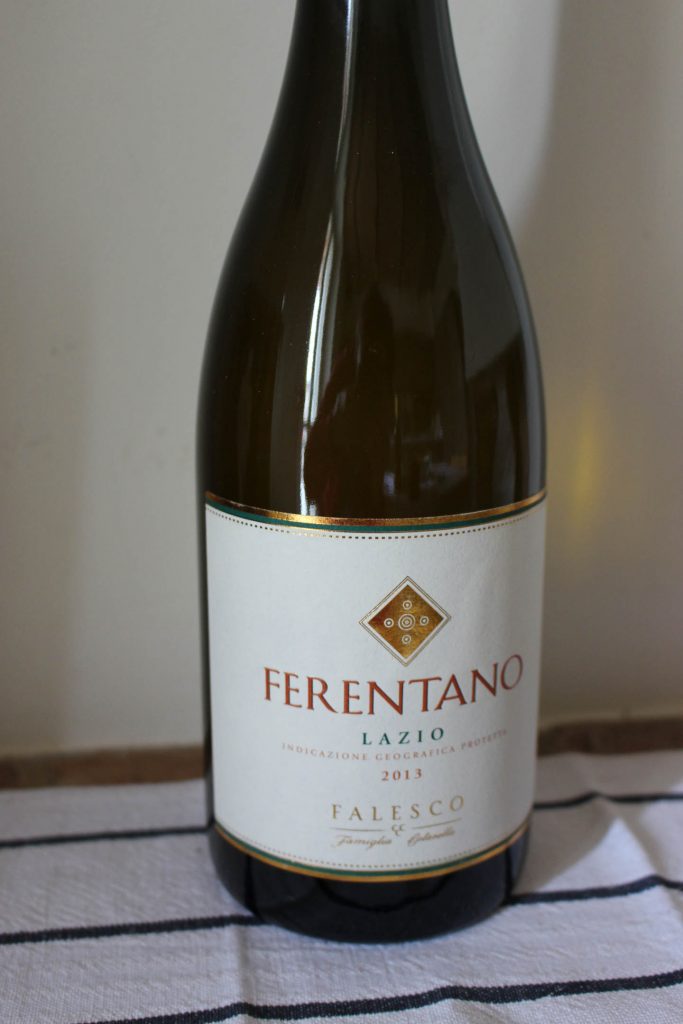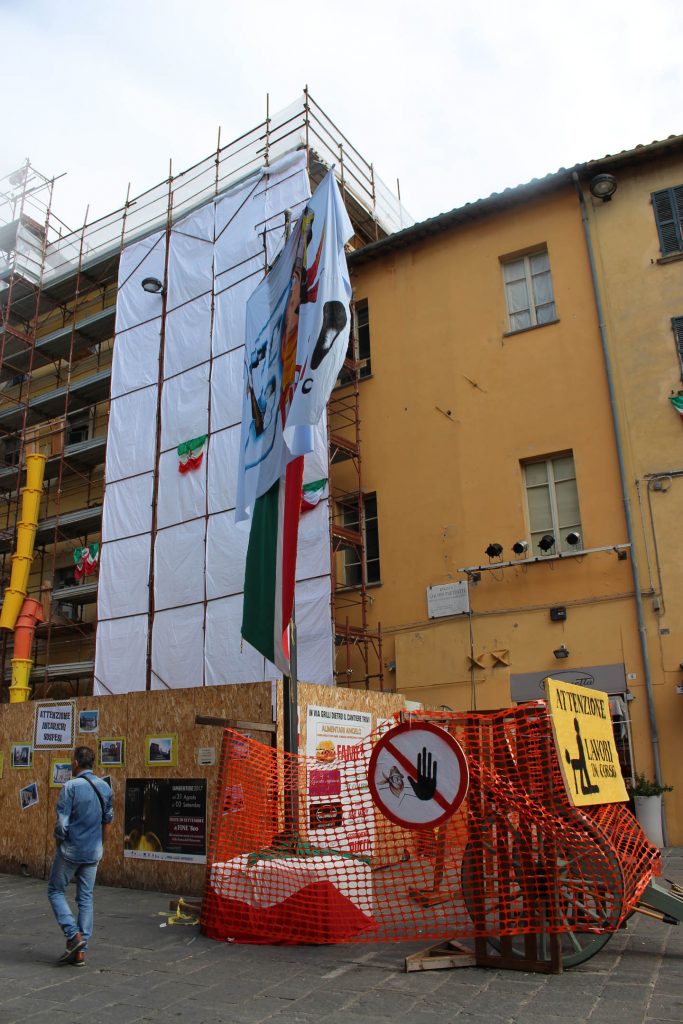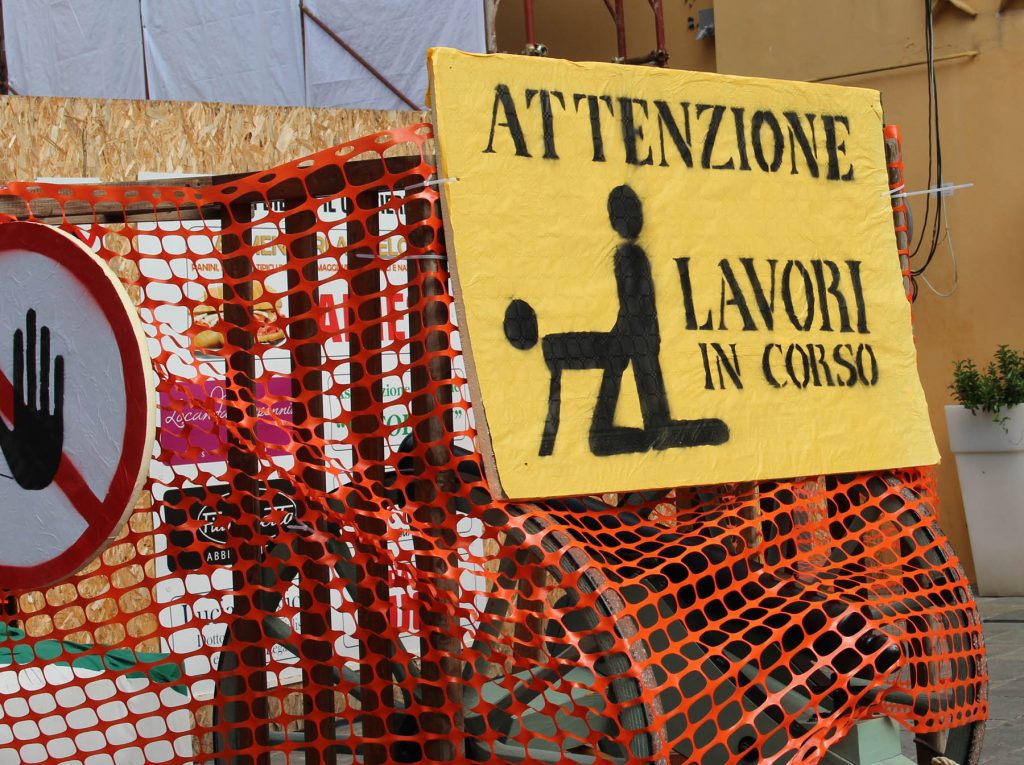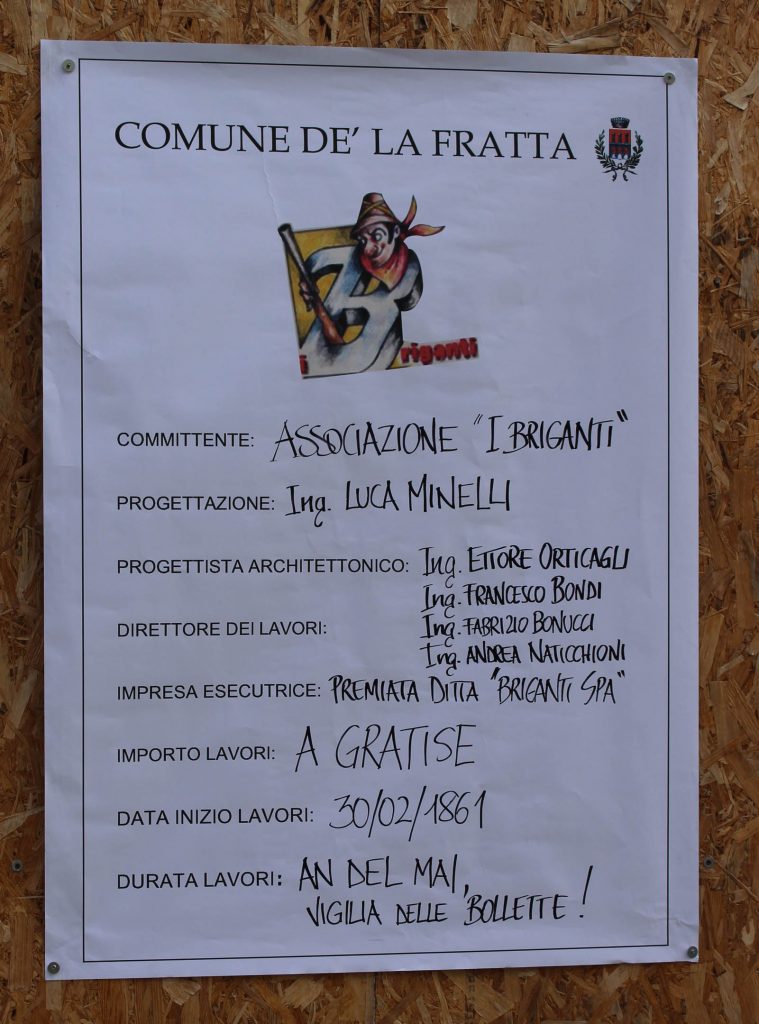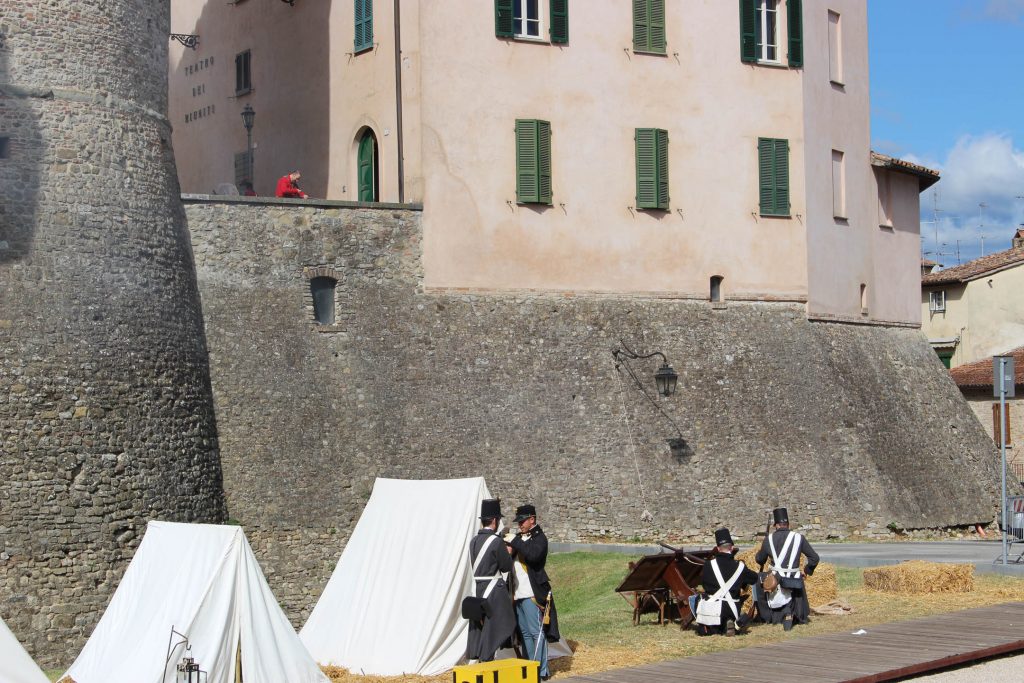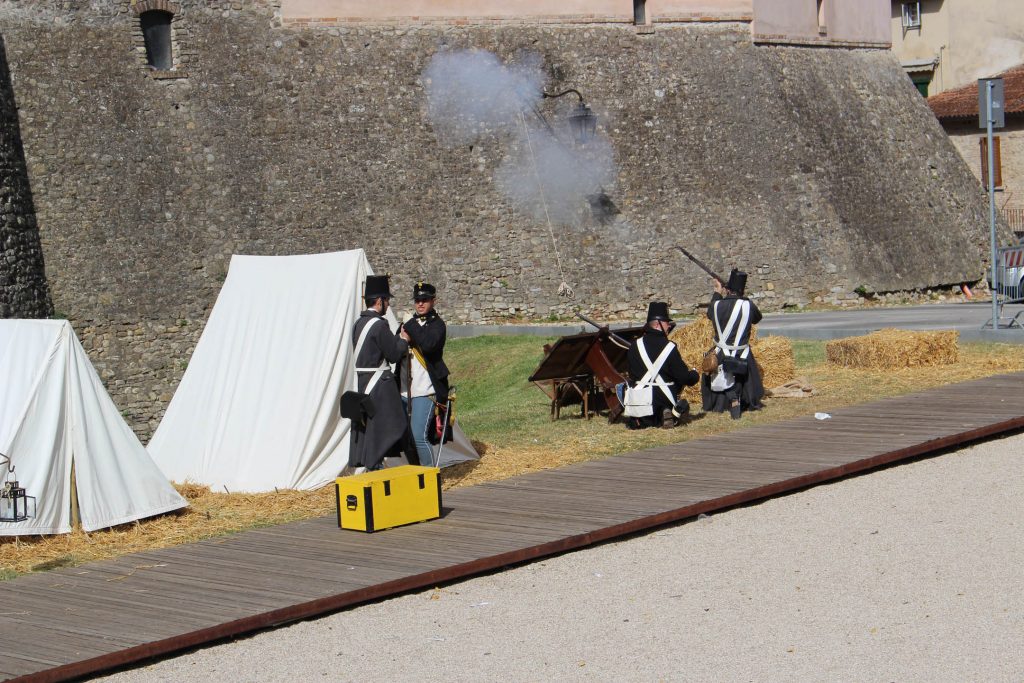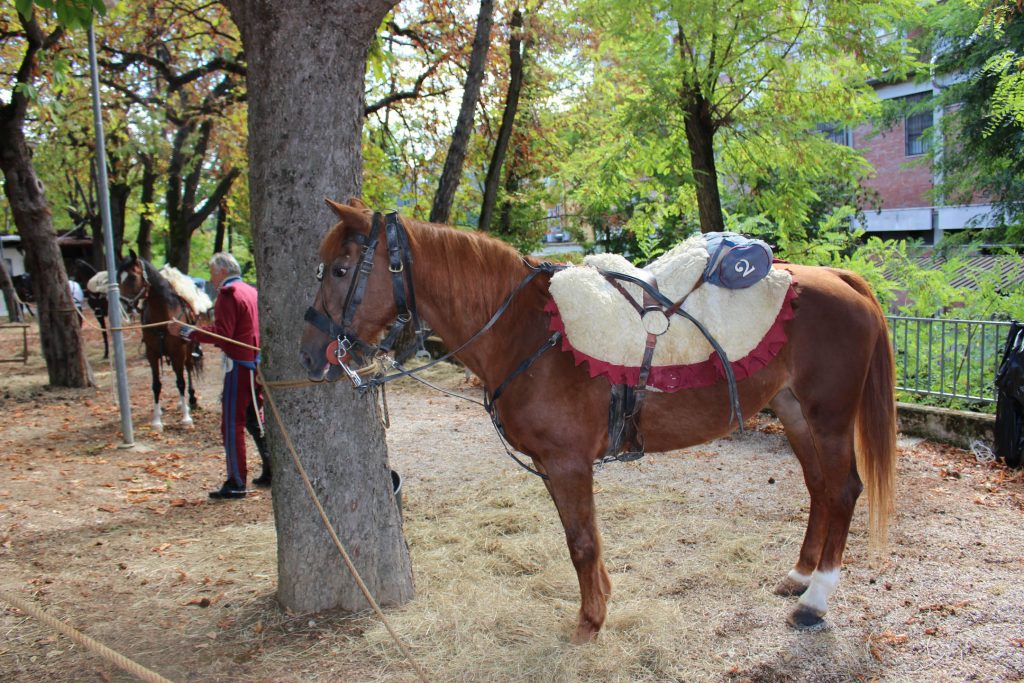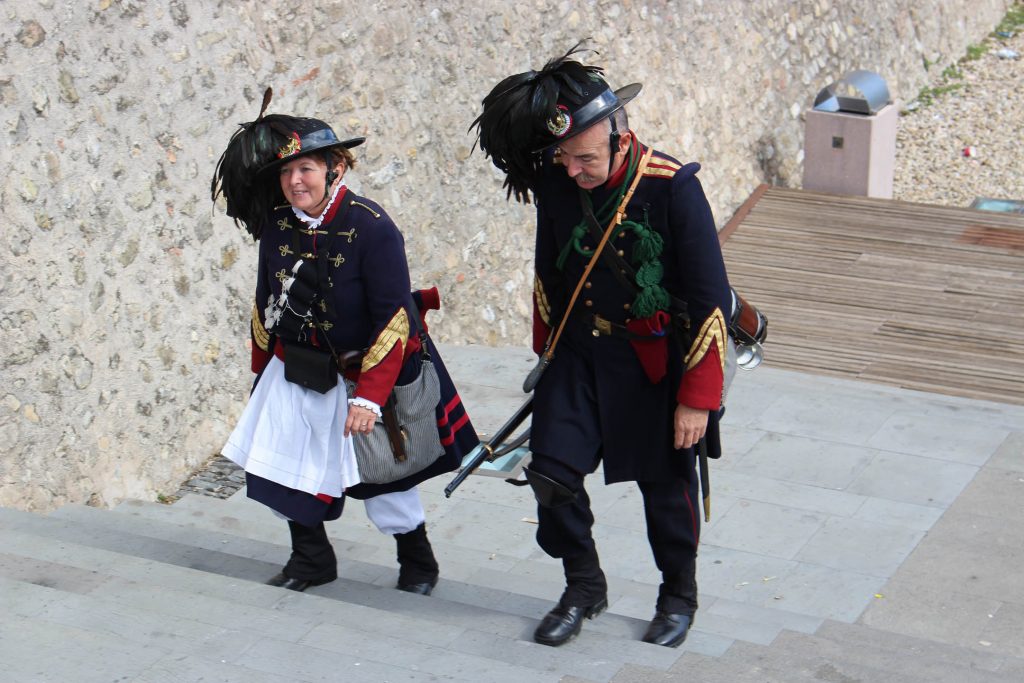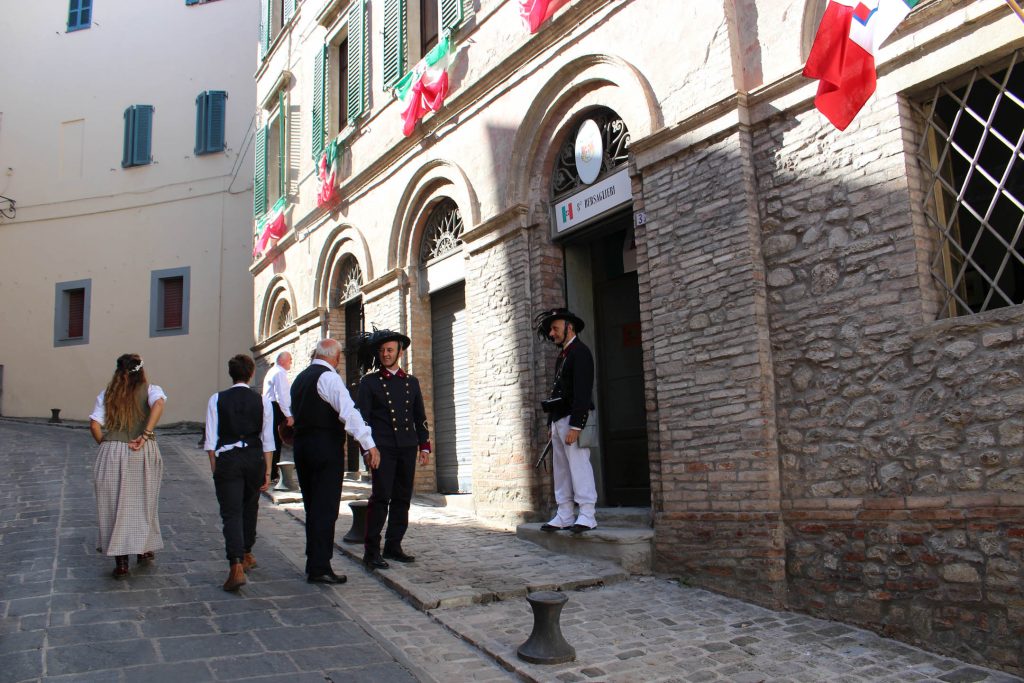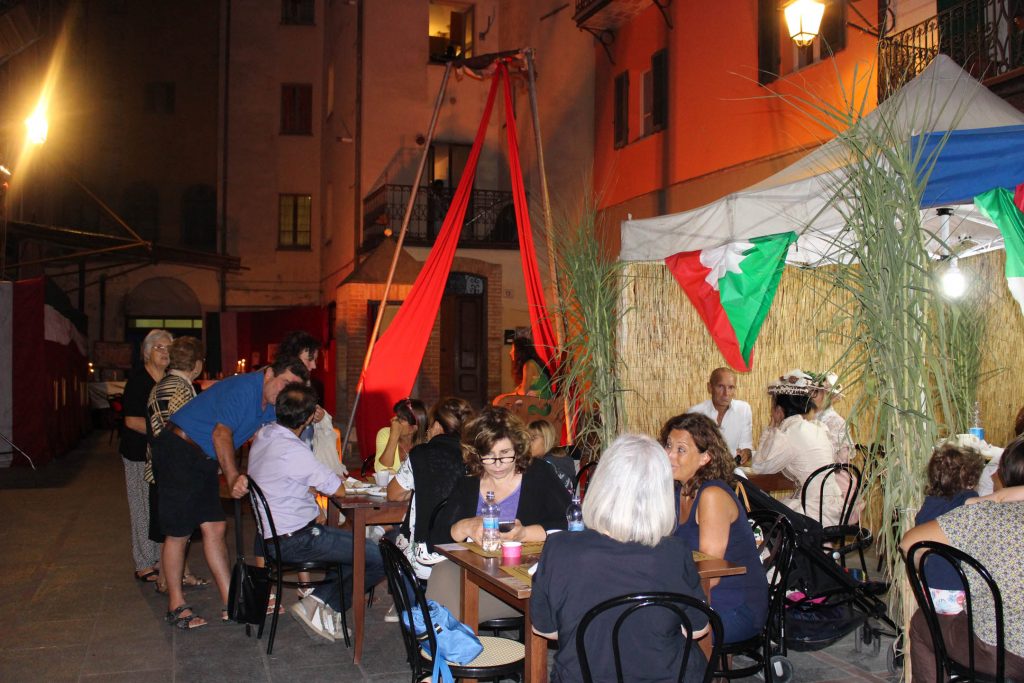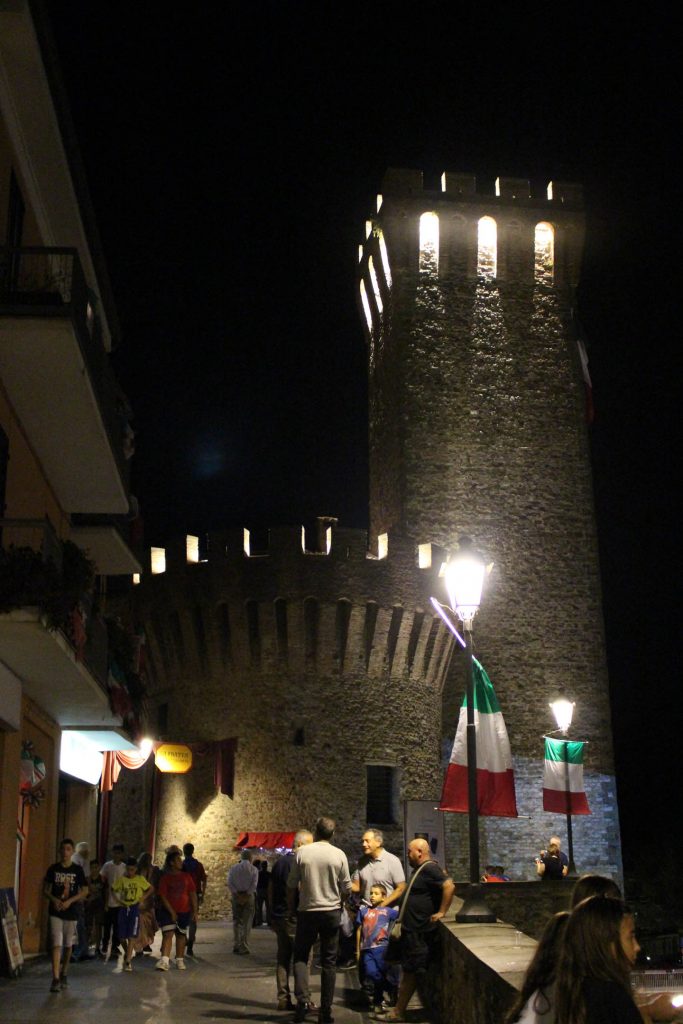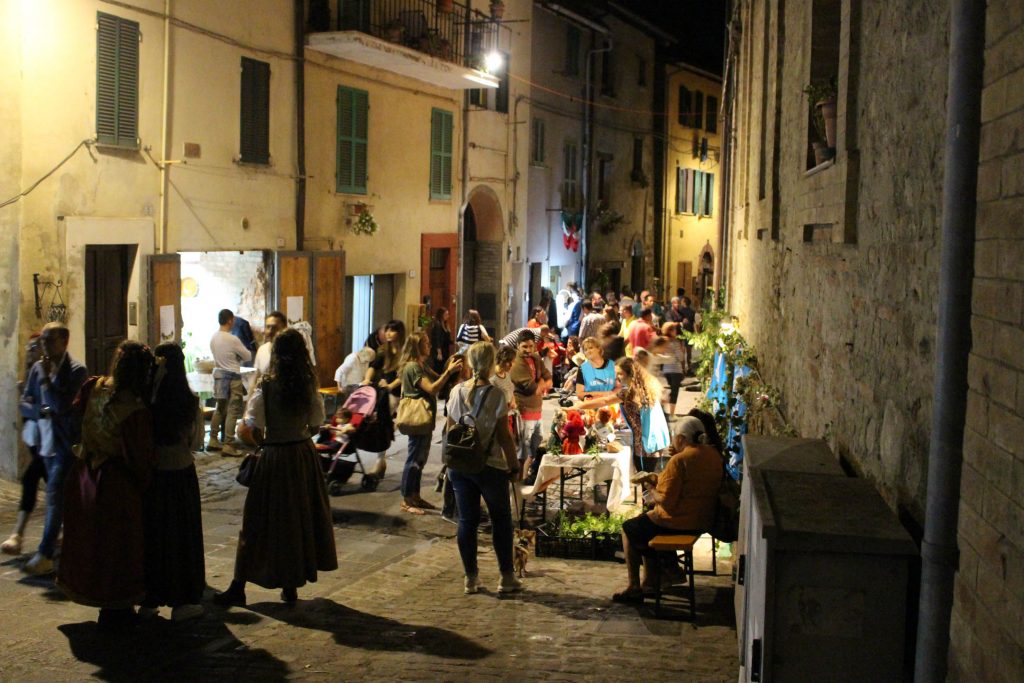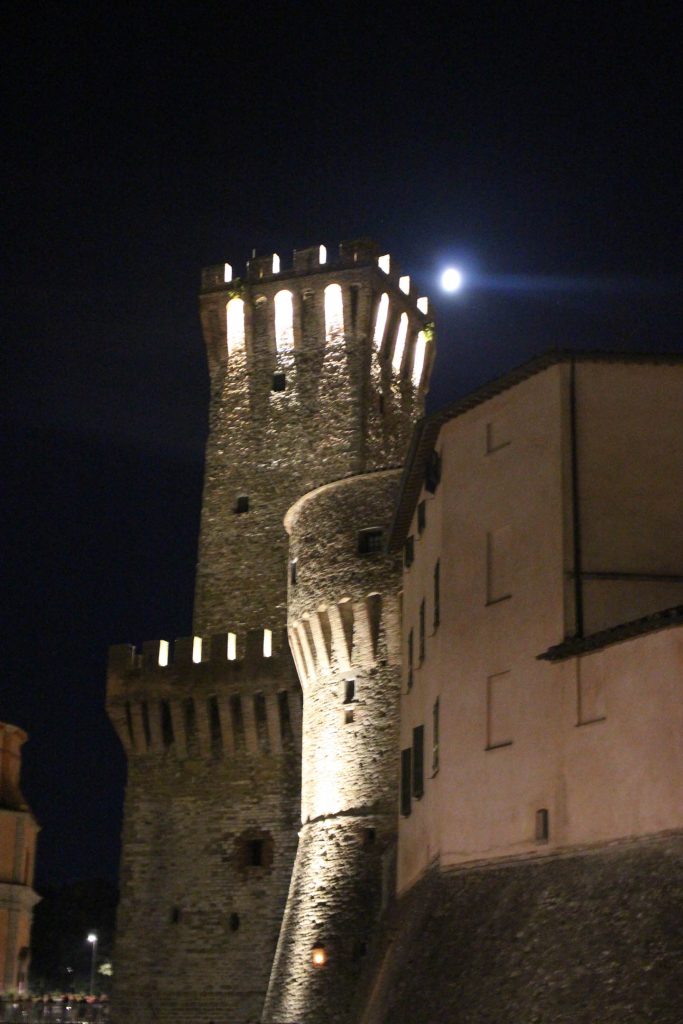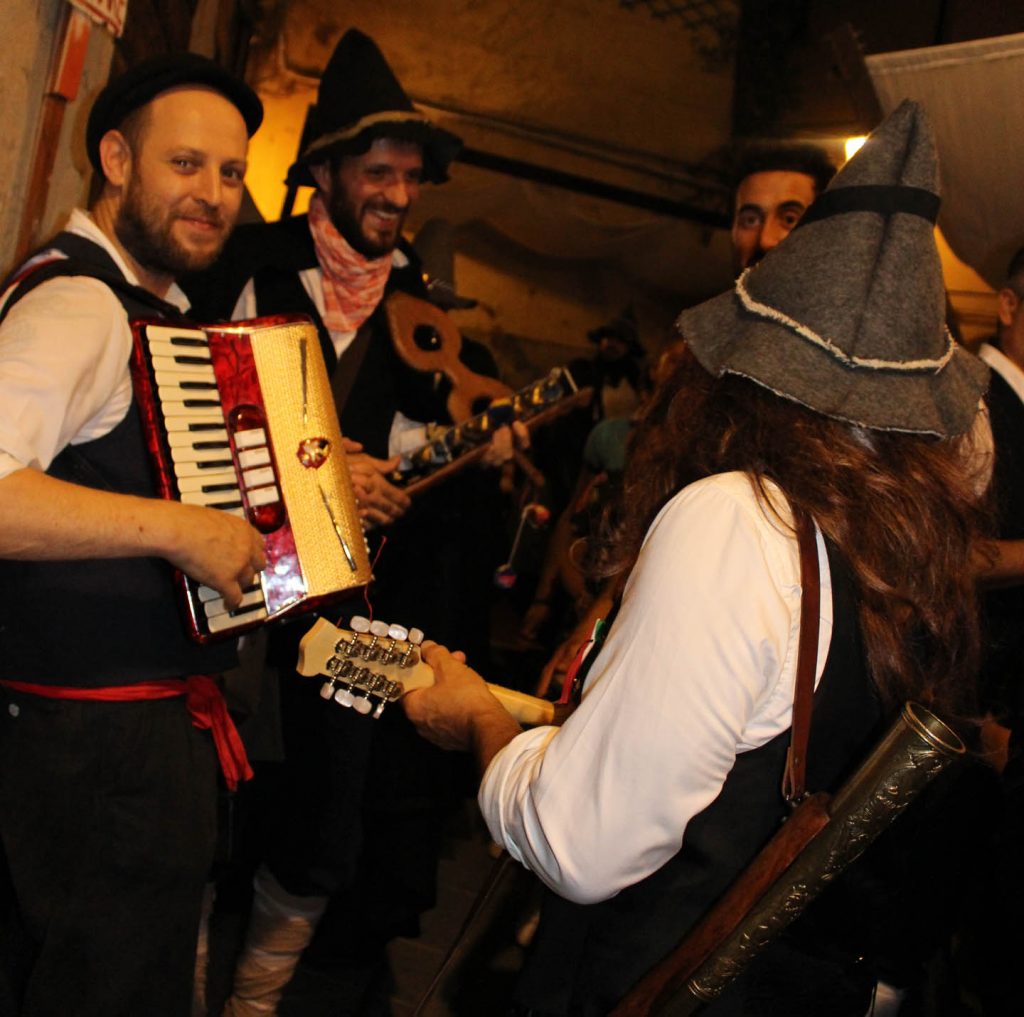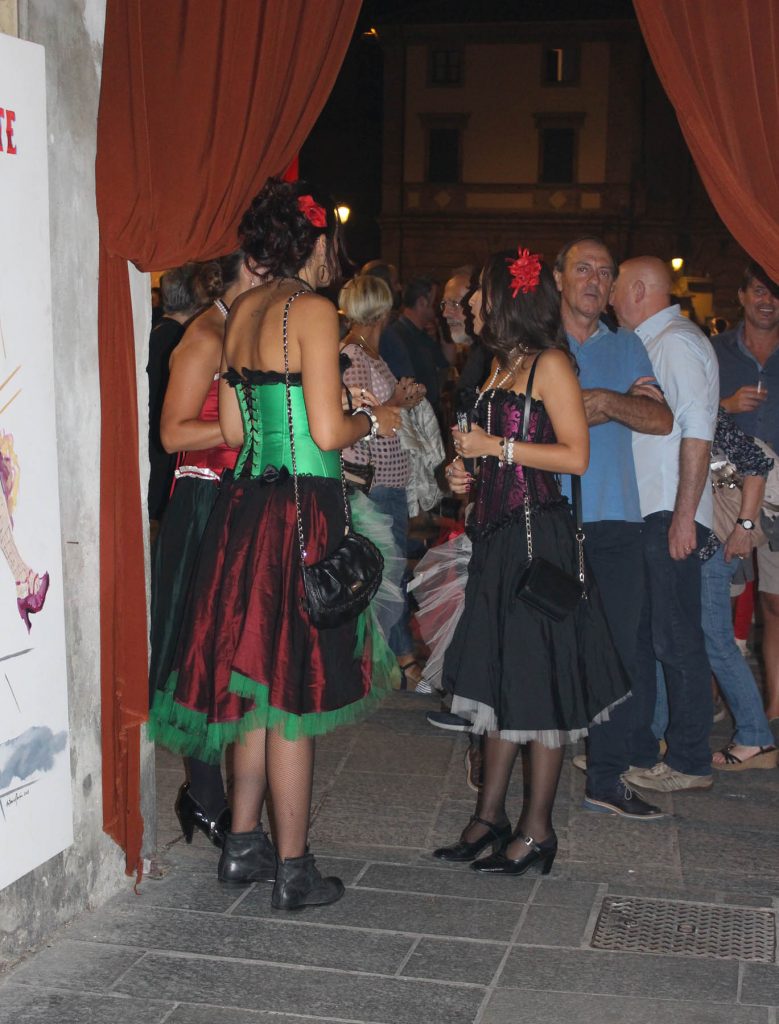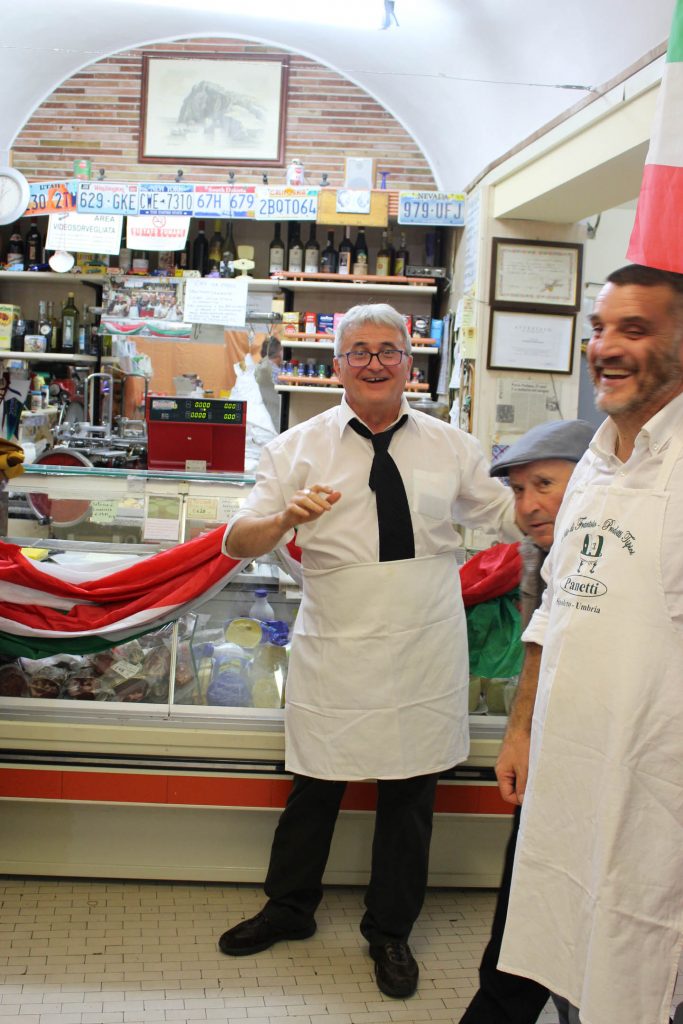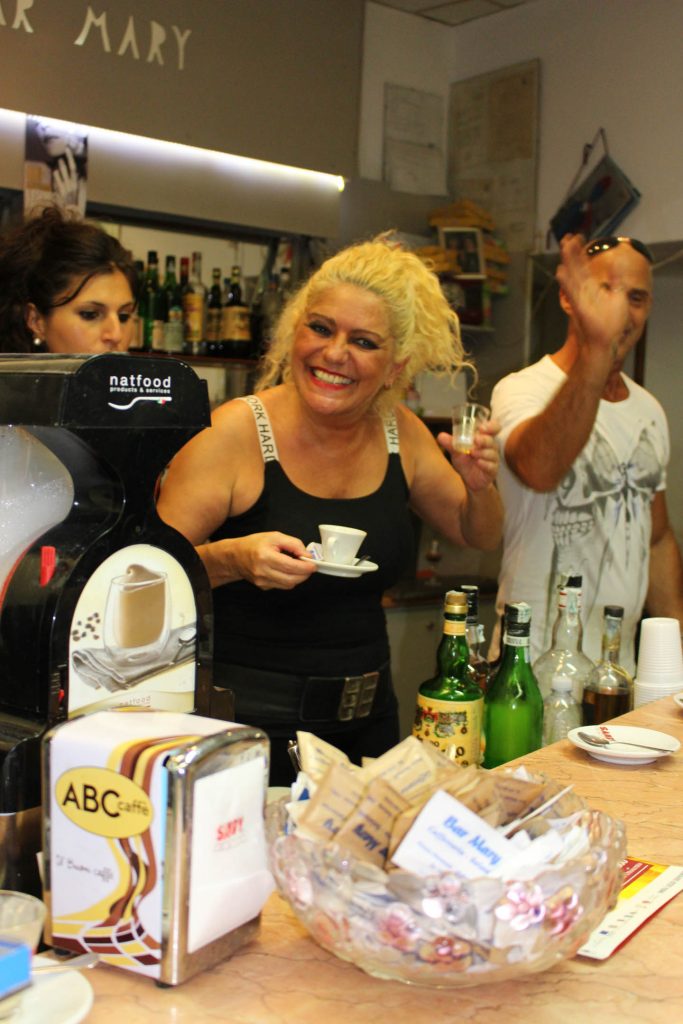We went for a quick two day getaway to the Maremma which lies on the southwest Mediterranean coastal region of Tuscany. It is a beautiful area. Our agriturismo (Tenuta del Fontino) where we stayed, was made up of thousands of acres. Horses, an entire lake and a person could jog and never leave the property. The house is the main manor and they refurbished an old barn into rooms where our room was situated.
That’s the normal part. Now for the weird part. We went to dinner the first night at 7:30 in the hotel dining room. It was on the upper floor of the manor. When we were seated they ask me “Was möchten sie zu trinken?” Huh? Was I transported to die Heimat? Deutschland? Germany? Turns out this hotel caters to, and is full of Germans. We had noticed everything was in Italian and German but it hadn’t occurred to us this could be the reason. The whole room was full of Germans! And German was the default language.
So, we settled in at a table set for three which they said was ours. After we were there a bit a single woman came in – and she was Italian – who joined us. We proceeded with the five course meal. Now I should say, when I read TripAdvisor the people raved about the food. One of the reasons I went here. So, first we saw the hoards of Germans falling on the salad bar…What? salad bar? Where am I? We’ve lived in Germany and I saw it was a typical German style salad except for the cannelloni beans. These would figure often into the rest of the meal. Tuscans are known as “the bean eaters”. Next course was a large piece of toasted bread with cannelloni beans. They had a bit of rosemary in them but overall a very bland dish. Next we had a pasta which was shaped like very short macaroni. Served in a broth that I swear was cannelloni purée with….potatoes!!! Ugh. Again, super bland. Finally we got a very thin slice of roast beef in a bit of gravy. It was obviously a cut meant for long roasting and it had been. It was tender to the point of falling apart. Five boiled potatoes (more potatoes!) accompanied it. The roast was strongly reminiscent of Sauerbraten, a German dish. We opted out of the chocolate mousse, also typically German. It was maybe the worst meal I’ve ever had in Tuscany, which is known for good food.
Our single woman table mate told us she was on a two day getaway from her husband and family and their business. They own a restaurant and hotel in the Livorno area. I thought that was cute. She was very out front that she needed some ME time. So, seeing as she was a cook we asked her about the food and she assured us it was an authentic Tuscan meal. I am still in a state of shock. As an addendum, after we got home I described the dinner to my Italian teacher and she, too, said it was pretty typical Tuscan food. Funny, I’ve been there a lot of times but never disliked the food before. Maybe, since I’ve always eaten in decent restaurants I would not get typical food Tuscans eat at home which was probably what the set, five course meal was more like.
So the objective to our trip was to visit some wineries and purchase some wine. The Wine Guy is in his element doing this. There are five main wine regions in the Maremma and we visited our first one on the way to our hotel. I won’t go into describing our winery visits because I know you will read about it in an upcoming blog.
We found our lunch which was quite good. Ristorante Rintocco. They brought out two beautiful fish to show us and a big plate of porcini mushrooms, which are in season now. We split an antipasto which consisted of a bowl of Tuscan soup, a plate of marinated zucchini and a bruschetta with fresh tomato. I had the home made tagliatelle with the porcini.
Porcini, (means little pigs in Italian) are the same mushroom called cèpe (in French), and in Germany, Steinpilz (the “stone mushroom”). They are gathered wild in the woods and people make some extra money selling them to vendors and restaurants.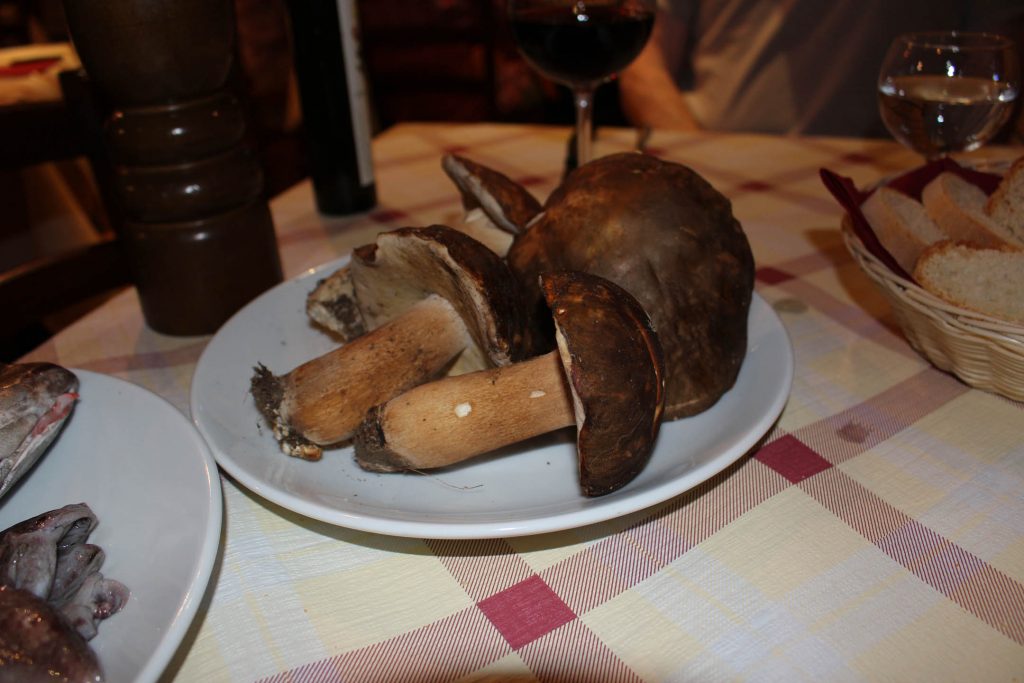
House made pasta with porcini mushrooms
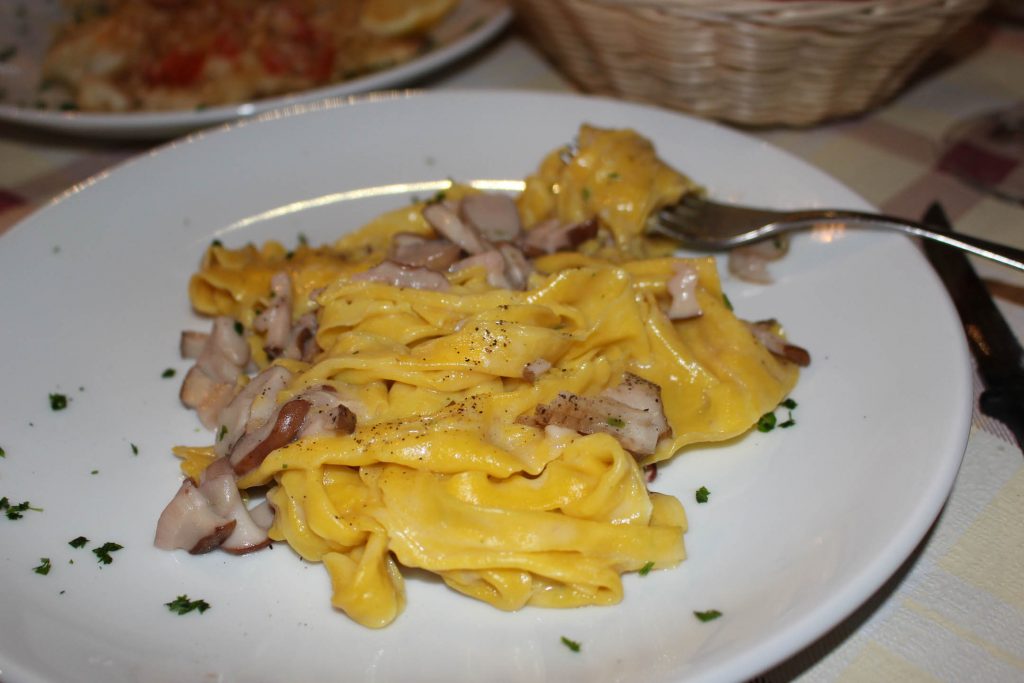
Luther’s fish. We were near the coast so there was a lot of seafood and very fresh.
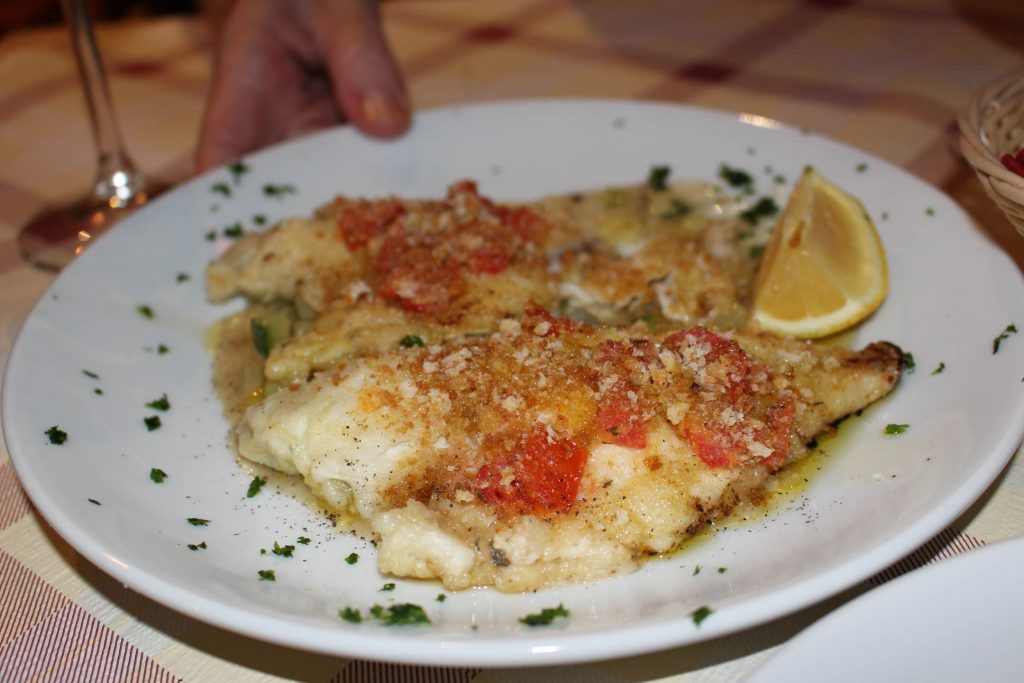
The one whole day there we went south of Grosetto, the capital of the area. We visited a small winery with a very nice guy letting us taste all his wines. The business was the father, mother and this son. Fun visit.
Off in search of lunch in a small town. Beautiful vista!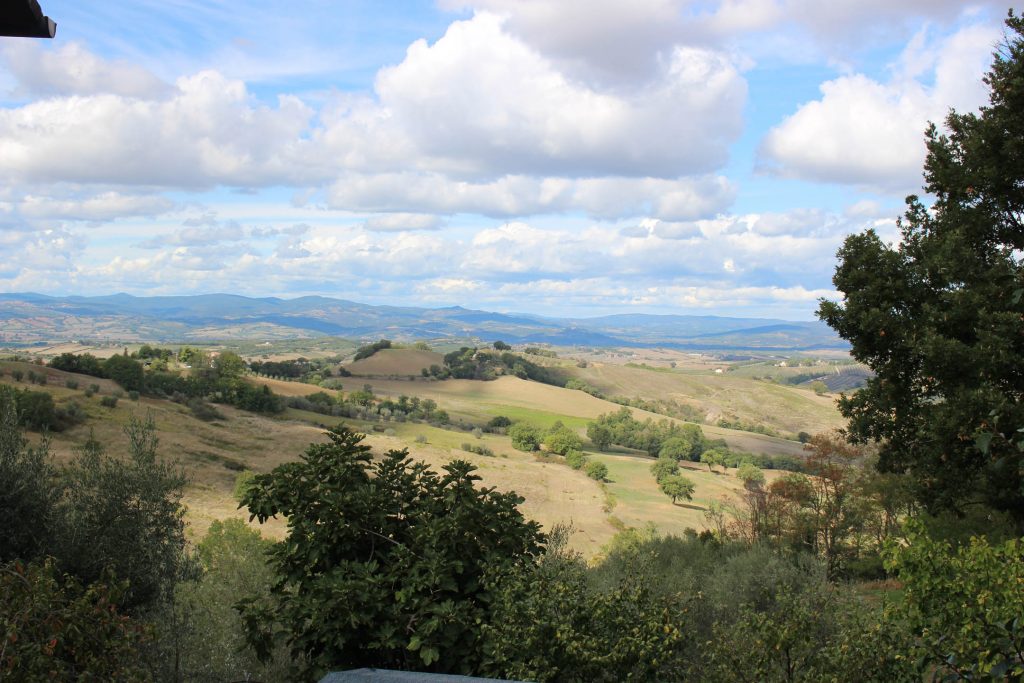
Town where the restaurant was…alas, it was closed.
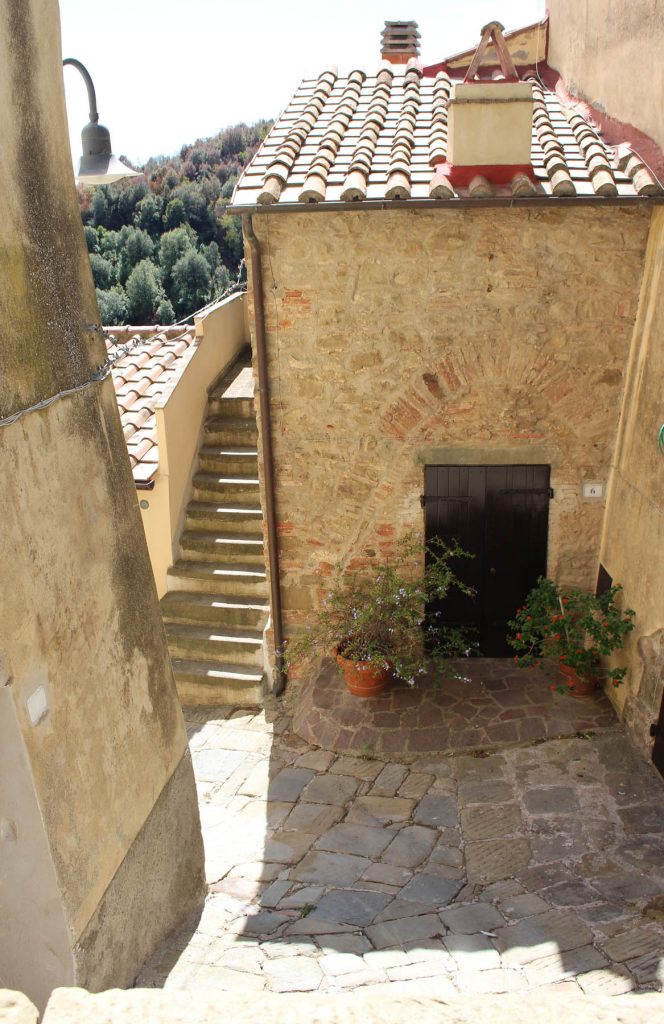
So we drove to the next town called Scansano which was way up on top of a mountain and fairly big. We drove through and found a parking lot and started walking up the hill. We happened upon this restaurant which turned out to be a lucky choice – Osteria Fiaschetteria Rurale. It was a real dump as Luther said. But the couple running it seemed to care about the food and its presentation. For instance, we had an excellent cheese plate with five or six types of goat and sheep. One goat was super strong and I loved it. We each had pici pasta which is a traditionally Tuscan shape like thick spaghetti. Nice and dense and chewy.
Luther’s pici in cinghale ragu.
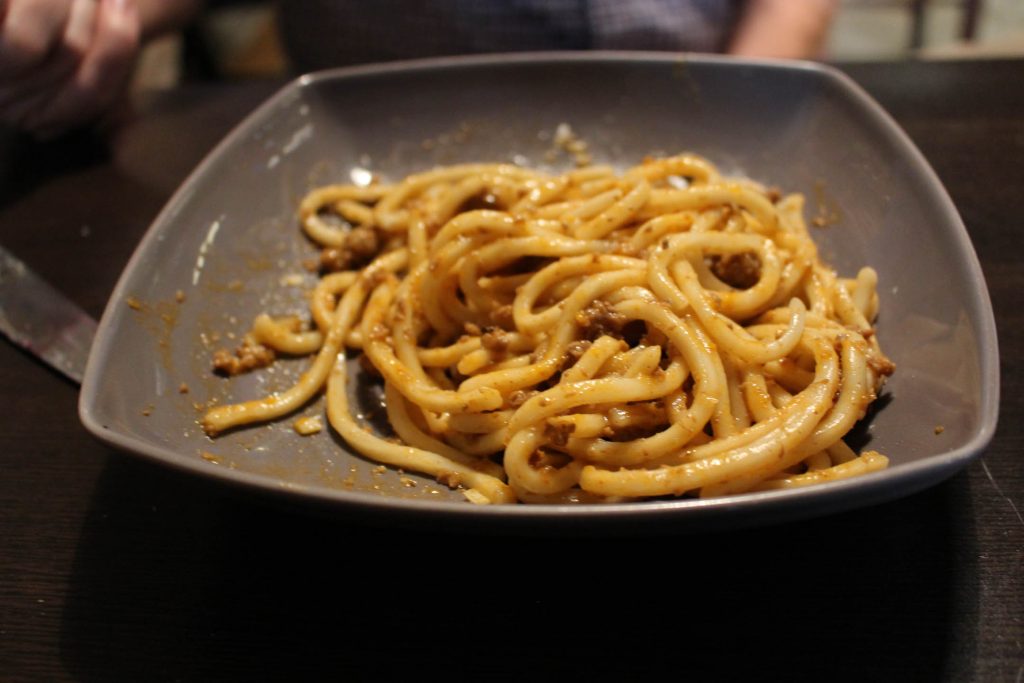
Afterward, we decided to purchase another cheese plate to take with us for our evening picnic. It worked out well. We had bought some wine which we enjoyed with the small plate which was of mostly meat. I think the lady misunderstood what we wanted. I thought we’d get another cheese plate but turned out to be meats. Many very fatty. Luther liked them so I didn’t eat much. It was a nice light meal with not too much wine.
The next morning we headed home. We stopped in one more winery which didn’t let us taste but Luther bought six bottles. He was lamenting the fact that there was still space in the car for more!
The weather was beautiful. We put the top down and drove through the Tuscan mountainous center. We passed near San Gimignano. When 1 o’clock came around we began looking for a place for lunch. And we found a cute little place called Ristorante Tre Archi.
First the proprietor brought a little cart with six olive oils to try with the bread. Yum!
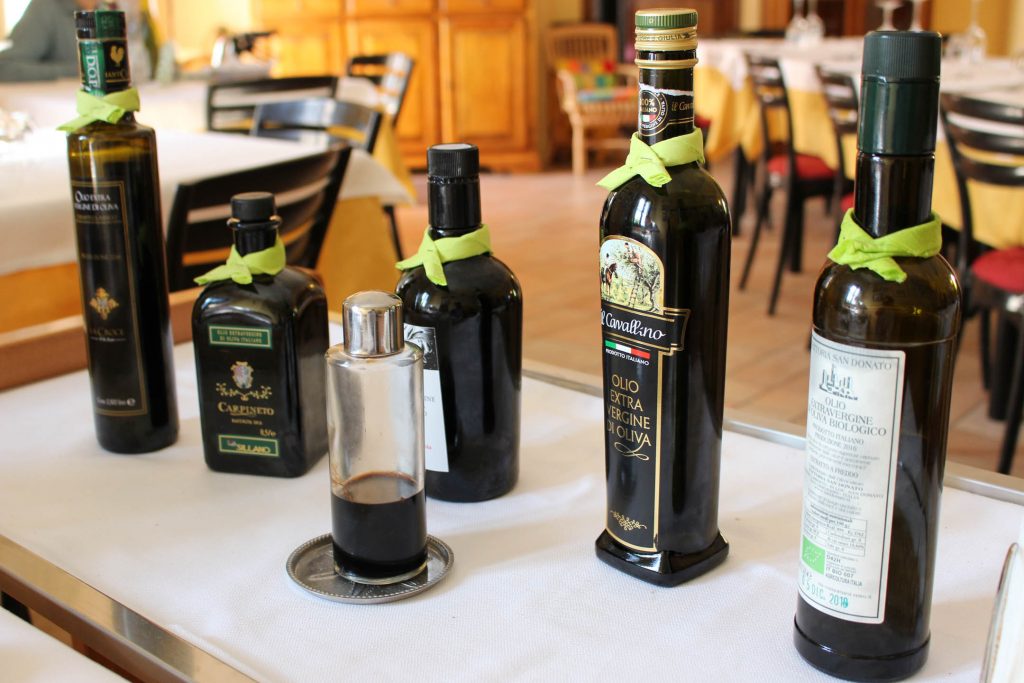
Then I had Tuscan onion and potato soup. Toasted bread to put in it. Very like French onion. And tagliatelle house made, with fungi porcini again. Since these big mushrooms are very much in season I took advantage. Luther had Ribolitta, or Tuscan bread soup, and lamb chops. Over cooked. The man, I assume the owner there, was super nice.
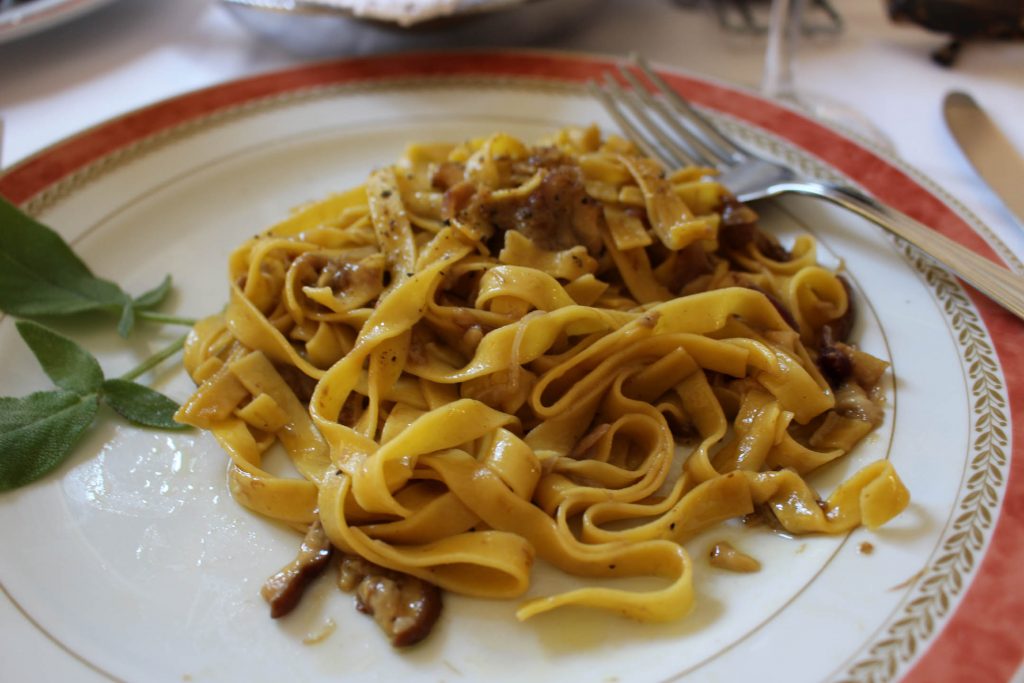
We arrived home about five pm. A productive and fun trip.

